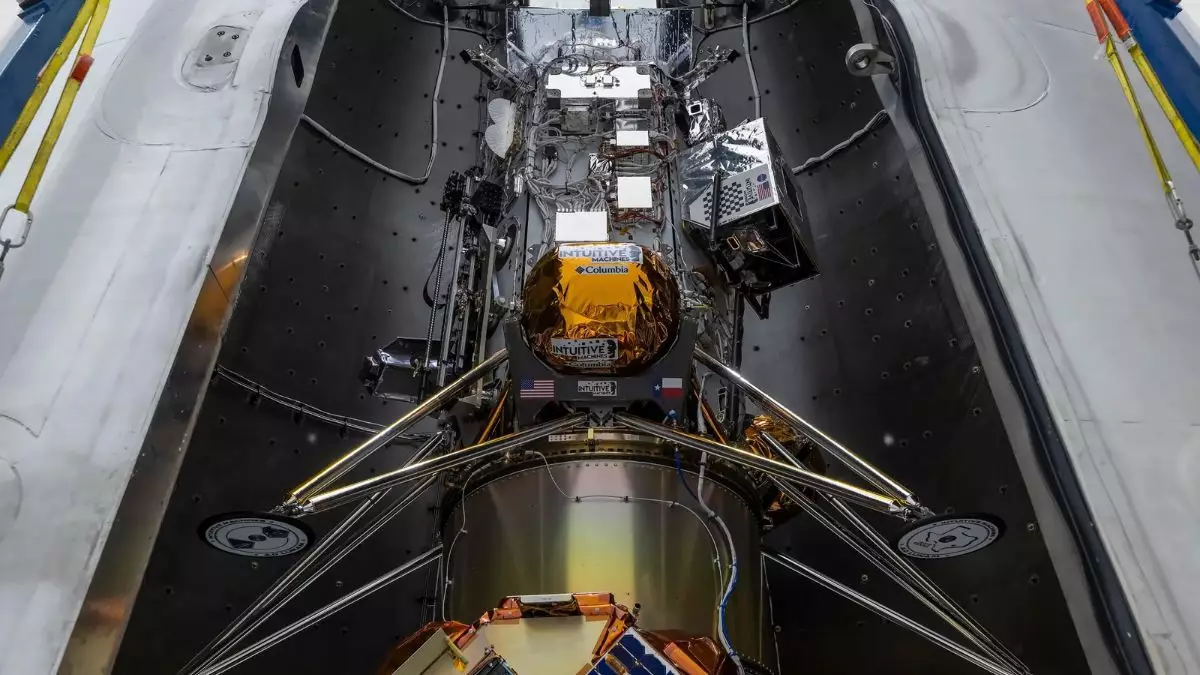In an era defined by rapid technological advancement, NASA’s ambitious plans to send groundbreaking technologies to the Moon through the Intuitive Machines’ IM-2 mission have ignited a beacon of hope and curiosity among space enthusiasts and skeptics alike. Scheduled for launch on February 26 from the historic Launch Complex 39A at Kennedy Space Center, this mission represents not just another step for humanity, but a leap toward establishing a lasting human presence on our celestial neighbor. The implications of this endeavor stretch far beyond mere exploration; they mark the dawn of a new epoch in human history.
What sets the IM-2 mission apart is its dedication to deploying a suite of sophisticated scientific instruments and communication systems that hinge on the innovative prowess of private sector partners. With the use of a Nova-C class lander, NASA intends to test technologies that feel straight out of a science fiction novel—drones that can explore treacherous lunar terrains and cellular networks beckoning to connect the Earth to the Moon. This represents a shift in not only how we explore the cosmos but also how we envision our role in it, straddling the line between exploration and eventual colonization.
Consider the Polar Resources Ice Mining Experiment-1 (PRIME-1), which aims to search for water ice—an essential resource for future missions. The ability to find and utilize these resources could redefine everything we thought possible about lunar habitation and resource management. Instead of merely planting flags, humanity could be creating infrastructures, fueling dreams of longer-term settlements on the Moon.
This mission will also shed light on pioneering communication efforts, including a celestial cellular network, courtesy of Nokia Bell Labs. In an age where connectivity is often taken for granted, the idea of a lunar cellular network stirs the imagination. Think about it: astronauts communicating seamlessly from the Moon as if they were just a road trip away. This will not only enhance the capability of robotic exploration but also shape how future crewed missions will operate. The importance of establishing reliable connections cannot be overstated—it ensures the safety and efficacy of every endeavor humanity undertakes beyond our planet.
It is crucial to highlight the entrepreneurial spirit that NASA is fostering through its partnerships with U.S. companies. Rather than shouldering the burden of lunar exploration entirely, NASA’s collaboration with private entities enhances innovation, expediting research and development that might otherwise languish in bureaucracy. This model encourages a flourishing ecosystem where ideas can sprout from both public institutions and private enterprises, as seen in the mix of technologies being deployed in the IM-2 mission.
Such forward-thinking initiatives reflect a center-wing liberal vision that prioritizes collaborative growth through innovation and technological prowess. NASA’s efforts promise to put the Moon within our grasp while inspiring new generations to dream bigger and push further.
However, as we stand on the precipice of this exciting new frontier, one must ponder: Are we prepared for the ethical implications of exploring and potentially exploiting celestial bodies? The dialogue surrounding our rights to these resources and the preservation of lunar environments must accompany our ambitious technological feats. As we prepare for a lunar renaissance, we must remain vigilant stewards of not only the Moon but of our ventures into the cosmos.


Leave a Reply